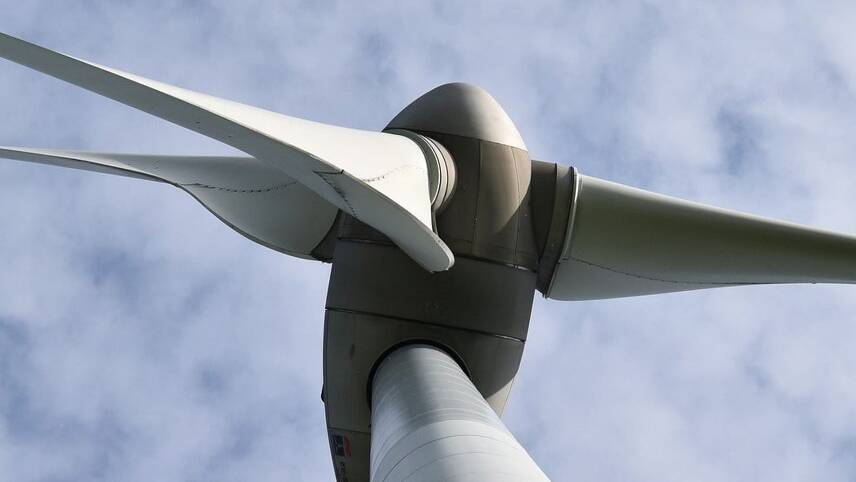You’ve reached your limit!
To continue enjoying Utility Week Innovate, brought to you in association with Utility Week Live or gain unlimited Utility Week site access choose the option that applies to you below:
Register to access Utility Week Innovate
- Get the latest insight on frontline business challenges
- Receive specialist sector newsletters to keep you informed
- Access our Utility Week Innovate content for free
- Join us in bringing collaborative innovation to life at Utility Week Live

The government has revealed plans to open up fresh swathes of the UK’s offshore waters to floating wind by allowing turbines deployed in shallower depths to bid for Contracts for Difference (CfDs).
Prime minister Boris Johnson recently announced it has set a target of installing 1GW of floating wind generation capacity by 2030.
In its response to a consultation on rule changes for future auctions published this morning (24 November), the Department for Business, Energy and Industrial Strategy (BEIS) said it has cut the minimum water depth criterion for floating wind from 60 metres to 45 metres.
Floating and fixed bottom windfarms will be included in different CfD pots. Floating wind will be assigned to pot 2 for experimental technologies, which also includes wave and tidal stream generation, so it is not competing with the more established and cheaper fixed foundation arrays.
To qualify for support through the second pot, all turbines within the windfarm will need to be floating and situated in offshore water depths of at least 45 metres. If an offshore substation is required, it can be either floating or fixed to the seabed.
The document said: “45 metres strikes the right balance to incentivise offshore wind developers to use the shallowest sites for cheaper fixed bottom projects.” Reducing the threshold will enable the deployment “vast majority” of floating foundation concepts currently available.
The government’s decision to support floating wind in shallower waters followed feedback from respondents to the consultation who said a 60-metre cut off was “too restrictive”. Given the emerging nature of the technology, some were worried it would force early stage pre-commercial demonstration projects with less operating experience into deeper and “more difficult” waters.
They also expressed concern that potential floating offshore wind projects in demonstration zones, like those at Wave Hub in Cornwall and off Pembrokeshire in Wales, might be excluded as they are located in depths of below 60 metres. Others warned the minimum depth could sterilise potentially useful deployment areas by “unnecessarily limiting” floating wind from shallower waters that are less suitable for fixed bottom turbines due to the geomorphology of the seabed, for example.
According to the document, the government has also rejected the idea of including offshore wind in the same pot as the onshore wind and solar established technologies. It additionally confirmed there will be no longer be separate strikes prices for each delivery year within an auction and that new coal-to-biomass conversions will be excluded from future allocation rounds.
Please login or Register to leave a comment.